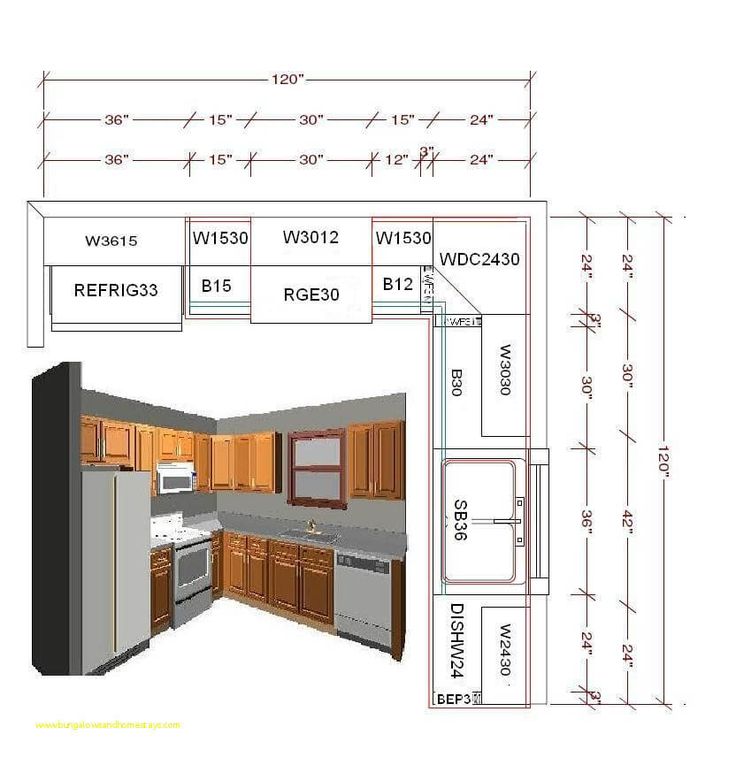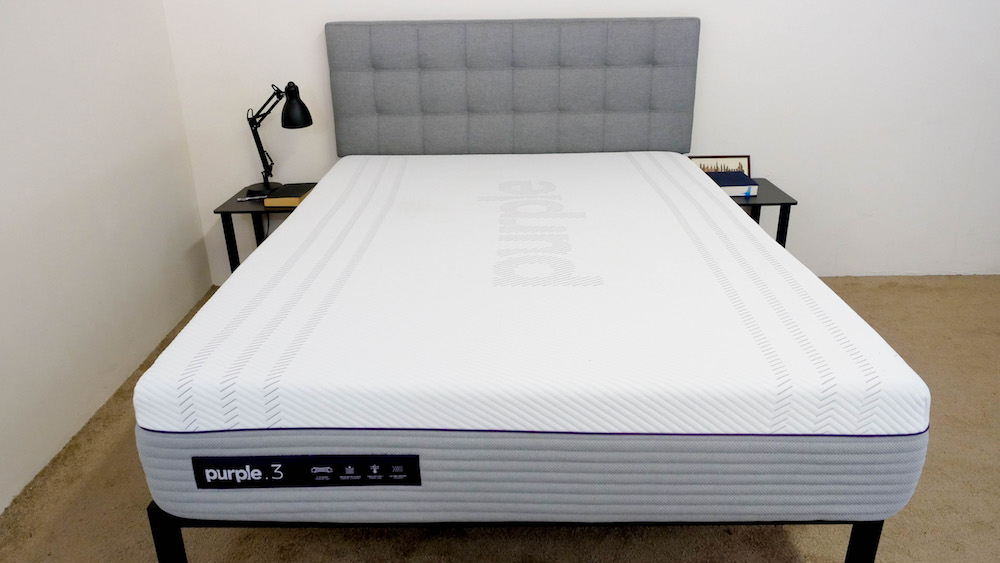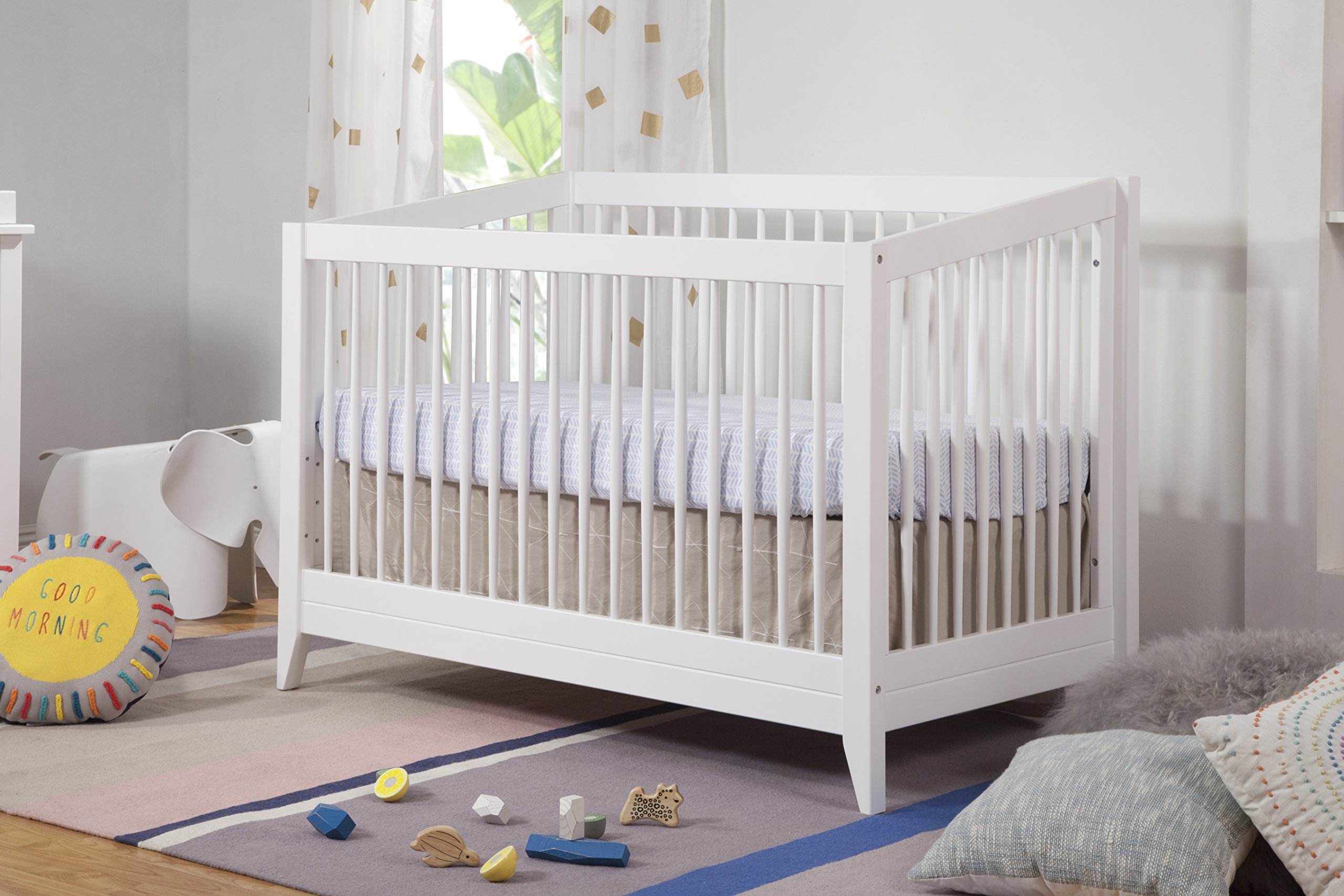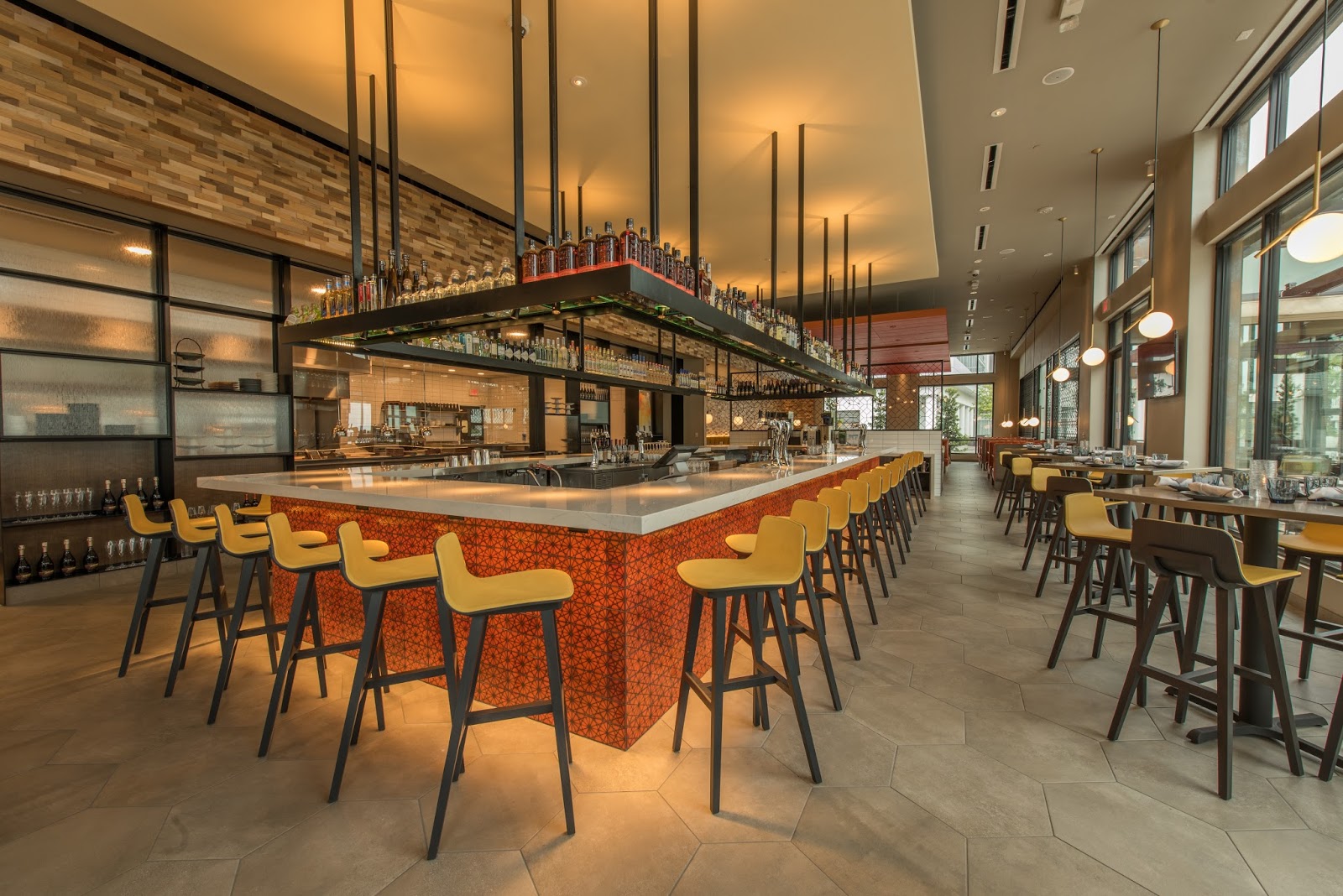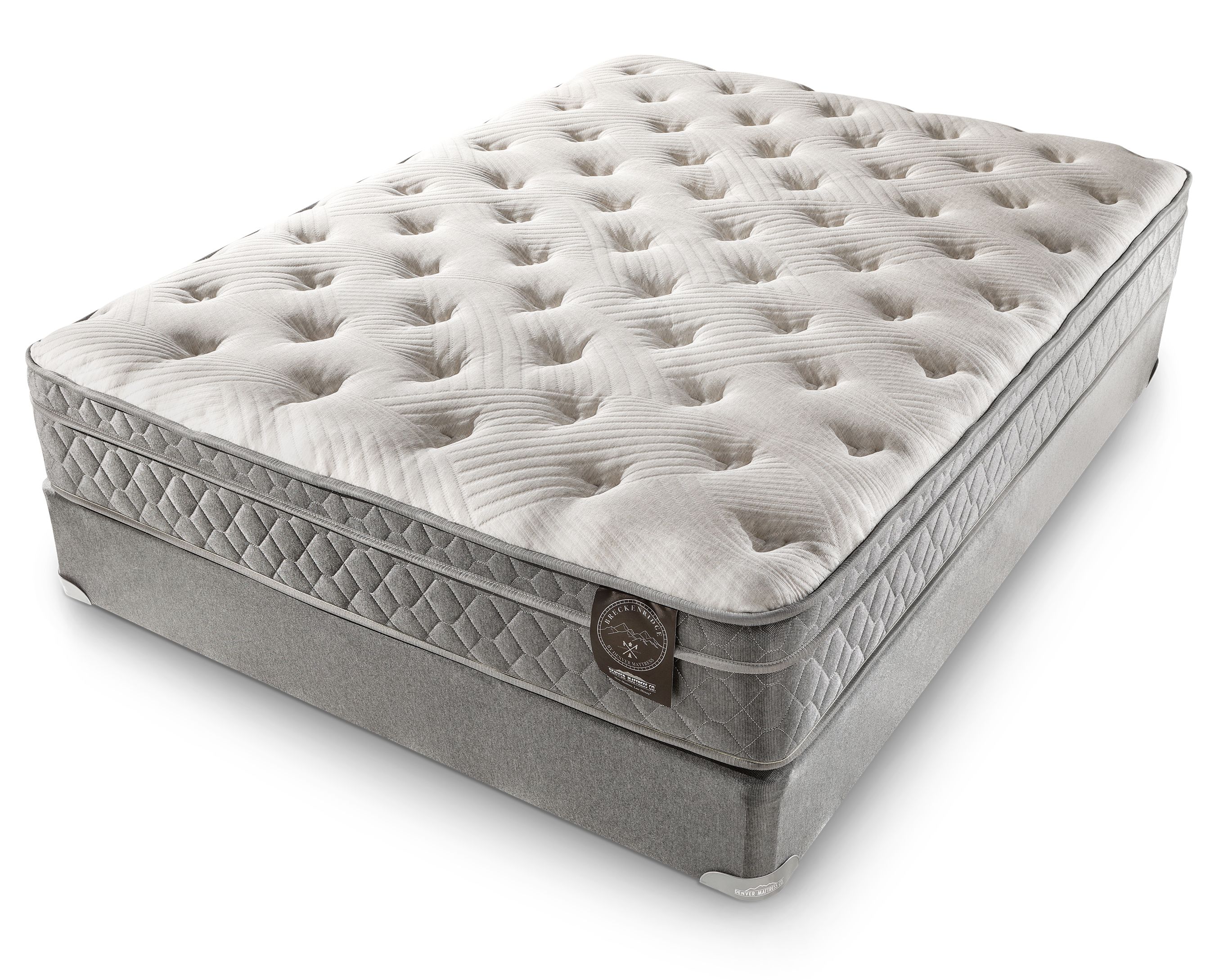Engineering Kitchen Design: Materials & Layouts
Kitchen designs comprise of many elements, including material selection and the layout of the working area. Engineering a kitchen design means that one has to carefully assess space and flow and factor in accessibility. Working with materials involves an astute awareness of how the space will be able to accommodate those materials, in style and function. But it also needs to consider purpose, purposeful flow among spaces, lifestyle, budget and necessary sureties.
The material component of the engineering of a kitchen design is, initially, about the layout, which can then determine the cabinetry, materials, and appliances necessary. To achieve optimal layout and functionality, it is important to design all elements with knowledge of the relationship between differing materials, storage requirements, and cabinetry configuring. This requires forethought and consideration of additional design options that can enhance the display of materials.
The use of material in kitchen design is often linked to the cost of the project. Generally, some of the materials available are relatively expensive, and understanding the pros and cons of different construction materials is key — factors such as longevity, maintenance requirements, and other post-installation concerns need to be taken into account to find an appropriate balance.
Engineering Kitchen Design: Layout & Functionality
When engineering kitchen design, layout is one of the most important considerations, as it dictates the way people move around and move through the space. It is essentially the mapping of the kitchen, where everything — benches, cabinets, sink, refrigerator, microwave, and other appliances — is considered within relation to one another, and in relation to how the kitchen functions.
Functionality depends on movement — is the layout streamlined, flexible, and does it facilitate both function and aesthetics? These are all aspects that must be addressed when designing a functional kitchen plan. It's all about flow — a plan must be created to ensure that food preparation, cleaning, heating/cooling, cooking, and serving all work together in harmony, allowing for easy movement of people within the kitchen as well as a healthy circulation of air.
A good kitchen design should also reflect your personal style and requirements, so popular features such as open-shelving, integrated lighting system, and non-skid tile are crucial in creating an effective and modern look. In addition to this, one must consider the sealing of any cracks and crevices to ensure that air does not escape, thus minimizing airborne pollutants.
Engineering Kitchen Design for Maximum Efficiency and Style
When engineering kitchen designs, efficiency is key — the best designs are ones that support both aesthetic appeal and efficient usage of the available space. This means that materials and appliances need to work in sync to create a space that allows the user to move without hindrance. Sometimes, that means making the best use of built-in appliances such as microwaves and ovens to reduce unnecessary movement.
The style component of the engineering is also an essential part. What colour materials should be used to make the space aesthetically appealing? Bad lighting fixtures can compromise both levels of interior daylighting, ambiance and security — so these must also be taken into account when engineering the design.
The use of colour can also be explored when engineering the design. Certain kinds of colour can create the impression of larger/smaller space, when used to manipulate perception. Light colours, such as white, are known to make smaller spaces appear wider, for example.
Engineering the Optimal Kitchen Design
Engineering an optimal kitchen design involves lots of planning and creativity, and one should consider the shape and size of the kitchen, desired placement of equipment, storage solutions, material selection, lighting requirements, and overall safety hazards. For example, ergonomics should be taken into consideration — truth be told, the taller a person is, the better the ergonomics should be.
When engineering a kitchen design for maximum practicality, the intersection of the available space, lifestyle, and family needs should all be integrated in the design. From wide refrigerator door openings to extra deep sinks, there is a huge selection of equipment and accessories to choose from. Of course, the manner in which these are integrated into the design matters too.
However, the design process does not end with the installation of the necessary equipment and material, because there is much else to include — such as incorporating D-I-Y solutions, like extra shelves and composting stations, to improve overall convenience and adornment. To provide additional convenience and supreme optimization, each element and component of the design has to be carefully planned and executed in a manner that increases the overall functioning of the space.
Engineering Kitchen Design: Types of Layouts & Styles
When it comes to kitchen designs, there are a plethora of different layouts and styles that can be engineered, including open-plan, galley, L-shape, U-shape, and more. Each type of layout carries with it unique considerations — for instance, a U-shape kitchen design best serves those with larger families who tend to need more counter and storage space, or who spend a significant amount of time in the kitchen due to activities such as baking. Similarly, an L-shape kitchen is best for those with limited space who are looking to make the best use of the available room.
Beyond the differing layouts, there are all manner of styles that can be explored when engineering a kitchen design. Rustic, contemporary, traditional, mid-century modern, vintage, chic… all of these come with their own sets of considerations. Mid-century modern is generally considered to be suited best for smaller kitchens, and often involves contrast between black and white, curves, arched cabinetry, and sleek hardware. On the other hand, traditional kitchen styles tend to epoch pair of symmetry and tradition with framed cabinetry, muted colours, and bright accents.
Engineering a Kitchen Design for Accessibility
Plenty of thought needs to go into engineering a kitchen design for accessibility. Accessibility is necessary to ensure that the kitchen's layout allows for people of all abilities to enter and use the space. This includes leveraging features such as additional counter height to assist those in wheelchairs, ensuring all surfaces are non-slip, having non-touch sink faucets, and providing easy access to drawers and storage.
Other standard ergonomic measures must also be taken into account — such as having multiple waste bins for easy waste-sorting, and slicing boards, ovens and microwaves for multiple users — as they will greatly affect the overall usability of the kitchen.
The installation of an adjustable counter-top and appropriate base cabinets may also be necessary to improve accessibility. Of course, the location of other items within the space should also be accounted for — such as placing items that require frequent use in ergonomically-friendly positions.
Engineering Kitchen Design Strategies That Utilize Space
When engineering kitchen designs, one strategy that can be employed is to make the most out of the available space. This means considering items such as additional drawers, shelves, and cabinets that can store kitchenware without any clutter. It could also be wise to invest in adjustable countertops and deeper cabinets, optimizing the available space for both convenience and aesthetics.
Another strategy that can be applied is to separate appliance storage. This is especially useful for smaller kitchens, as it reduces the amount of clutter in the room. It could also include implementing “smart” techniques, such as using wall-mounted cabinets to store large items. To further optimize convenience, rolling carts and shelves for prominently-used items are also ideal.
Ultimately, the aim is to use the available space without compromising on aesthetic appeal. One way to do this is to employ vertical storage, or integrating drawers and cabinets that stretch from the ground to the ceiling. Similarly, keeping the end user in mind is essential — push and pull cabinets should be considered in order to give users easier access to the items they need.
Engineering a Modern Kitchen Design
Engineering a modern kitchen design involves thought and creativity, so as to ensure a space that is both beautiful and efficient. In most cases, modern kitchen designs are sleek and easy to clean, featuring minimalistic decoration and crisp lines, with neutral tones. Adding luxury items, such as countertop seating and integrated appliances, can complement the beauty and function of the space.
The modern style also involves the use of technology, such as fully-integrated fridges that can be controlled via a smartphone. Adding such features to the design allows for optimization of convenience and efficiency. In larger kitchens, the incorporation of islands are also commonplace.
Plenty of designs are available to choose from, including one-wall, peninsula, U-shaped, L-shaped, island, and all manner of styles such as industrial, urban-scandinavian, and more. It is important to remember that a modern design should still incorporate traditional elements, like natural materials and textures, in order to balance functionality and visual appeal.
Engineering Kitchen Design in Small Spaces
Engineering a kitchen design for small spaces requires careful consideration — all the more so if the goal is to end up with a space that looks beautiful and functions optimally. In this case, it is important to make the most out of the limited space, by using efficient storage techniques and selecting materials that will provide the user with maximum convenience and savings without compromising on style.
In addition to this, colours and materials should be used to make the space feel larger. This could involve the use of lighter colours, or contrast through the use of different hues of the same pale colour. Mirrored and reflective surfaces, such as marble countertops can also be used to give the illusion of a larger space. Finally, minimal accessories should be used, as having too much clutter in a small kitchen is a surefire way to make it feel cramped.
To further optimize the space, utilize existing corners and walls to hang storage. This could involve installing shallow shelves or dividers, or the use of wall-mounted under-the-counter storage space. In addition to this, one should look into space-saving appliances, such as wall-mounted microwaves, that are both efficient and aesthetically-pleasing.
Engineering a Different Approach to Kitchen Design
Competing with trends and welcomed trends in engineering kitchen designs is sometimes necessary. This could be achieving a “minimal-wastage” design by repurposing existing furniture, such as Ikea kitchen designs, or purchasing other items second-hand. Copious amounts of planning and imagination is essential when engineering a design that deviates from standard designs, as it requires a thorough understanding of the available space and material utilization techniques.
Other techniques, like the use of recycled materials for cabinets and tables, or for decorative items and lighting fixtures, are increasingly popular, and can help create a one-of-a-kind kitchen design. This could also be taking an eco-friendly approach by limiting energy consumption, such as minimising cooking, cleaning and air conditioning energies.
In brief, to achieve a design that stands out from the rest, one needs to get creative, seeking solutions that allow them to dedicate their time and money to a project that is sustainably-friendly and affordable.
Engineering Kitchen Design for Universal Accessibility
Universal accessibility is an increasingly important factor in engineering kitchen designs, as it enables users of all physical abilities to access and use the space. This requires the implementation of certain safety and comfort aspects, such as ensuring a non-slip surface, extra wide doorways, pull-out stoves, and more space between cabinets and the countertops. Additionally, accessibility should also address the height of various items within the kitchen.
Part of engineering a kitchen design for universal accessibility involves integration of audio/visual navigation and display systems. These are especially useful for those who are visually impaired or who experience movement disabilities. Such systems often make use of colour-contrasts, beepers, audio/visual guidelines, and sensors to provide users with information about oven temperature, cook time, and other useful details.
Aside from this, some other important aspects to consider when engineering a design for universal accessibility is ergonomics, as taller people may require an extra tall counter for comfort. Additionally, safety rules, guidelines and notices should be prominent in the design to ensure the safety and wellbeing of all users.
Engineering Kitchen Design: A Holistic Approach to Beautiful Results
 At its heart, kitchen design is an exercise in engineering: A harmony of form and function. When it comes to kitchen design, we need to consider both structure and aesthetics. We must consider how form and function flow together in order to create a space that meets both the
style
and the purpose of the kitchen. Work surfaces, storage, lighting, ventilation, and safety features – it takes careful consideration and organization to bring it all together in a logical and beautiful way.
At Dreamhouse Kitchen Designers, we believe in
holistic design
as the key to spectacular kitchen spaces. Our designs are comprehensive, working with the room’s size as well as
the client’s needs
and
style preferences
. Our solutions are not only attractive, but designed for convenience and comfort. We strive to understand your needs and preferences, and our specialists provide guidance and recommendations accordingly.
At its heart, kitchen design is an exercise in engineering: A harmony of form and function. When it comes to kitchen design, we need to consider both structure and aesthetics. We must consider how form and function flow together in order to create a space that meets both the
style
and the purpose of the kitchen. Work surfaces, storage, lighting, ventilation, and safety features – it takes careful consideration and organization to bring it all together in a logical and beautiful way.
At Dreamhouse Kitchen Designers, we believe in
holistic design
as the key to spectacular kitchen spaces. Our designs are comprehensive, working with the room’s size as well as
the client’s needs
and
style preferences
. Our solutions are not only attractive, but designed for convenience and comfort. We strive to understand your needs and preferences, and our specialists provide guidance and recommendations accordingly.
Getting Started: Understanding Your Needs
 Before we draw up a single line, we want to get to know you. Our team discusses the importance of understanding a client’s
day-to-day lifestyle
well enough to make sure that the final design is tailored. We don’t want our designs to work for everyone. We want them to work for you!
Before we draw up a single line, we want to get to know you. Our team discusses the importance of understanding a client’s
day-to-day lifestyle
well enough to make sure that the final design is tailored. We don’t want our designs to work for everyone. We want them to work for you!
Brainstorming for Perfect Style and Function Solutions
 We’re all familiar with the classic kitchen design problem: You’ve got plenty of space, but it doesn’t feel like there’s enough room for everything. Through our research and brainstorming sessions, we are able to
come up with intuitive and creative solutions
that make the most of your space. Our designs are tailored for optimal convenience, comfort, and enjoyment.
We understand that every detail matters. The spacing, flow, and functionality of a kitchen are instrumental in creating the perfect living space. With our
knowledge and experience
, we bring all of these elements together to create one-of-a-kind kitchen designs that make the most of any space.
We’re all familiar with the classic kitchen design problem: You’ve got plenty of space, but it doesn’t feel like there’s enough room for everything. Through our research and brainstorming sessions, we are able to
come up with intuitive and creative solutions
that make the most of your space. Our designs are tailored for optimal convenience, comfort, and enjoyment.
We understand that every detail matters. The spacing, flow, and functionality of a kitchen are instrumental in creating the perfect living space. With our
knowledge and experience
, we bring all of these elements together to create one-of-a-kind kitchen designs that make the most of any space.
A Recipe for Perfection: Finalizing Your Kitchen Design
 Whether you’re remodeling an old space or starting fresh, we use the latest technologies in design and CAD software combined with our engineering expertise to bring your dream kitchen to life. We take into account our client’s individualized needs as we finalize all of the details. Our team understands the importance of precision, and consistent communication throughout the design process provides the right ingredients for success.
When it comes to engineering kitchen design, it takes a special blend of skills and experience. At Dreamhouse Kitchen Designers, we are dedicated to creating custom and beautiful spaces that will last.
Whether you’re remodeling an old space or starting fresh, we use the latest technologies in design and CAD software combined with our engineering expertise to bring your dream kitchen to life. We take into account our client’s individualized needs as we finalize all of the details. Our team understands the importance of precision, and consistent communication throughout the design process provides the right ingredients for success.
When it comes to engineering kitchen design, it takes a special blend of skills and experience. At Dreamhouse Kitchen Designers, we are dedicated to creating custom and beautiful spaces that will last.


